The Toyota 4Runner: A Legacy Of Versatility And Cargo Capacity
The Toyota 4Runner: A Legacy of Versatility and Cargo Capacity
Related Articles: The Toyota 4Runner: A Legacy of Versatility and Cargo Capacity
Introduction
With enthusiasm, let’s navigate through the intriguing topic related to The Toyota 4Runner: A Legacy of Versatility and Cargo Capacity. Let’s weave interesting information and offer fresh perspectives to the readers.
Table of Content
The Toyota 4Runner: A Legacy of Versatility and Cargo Capacity
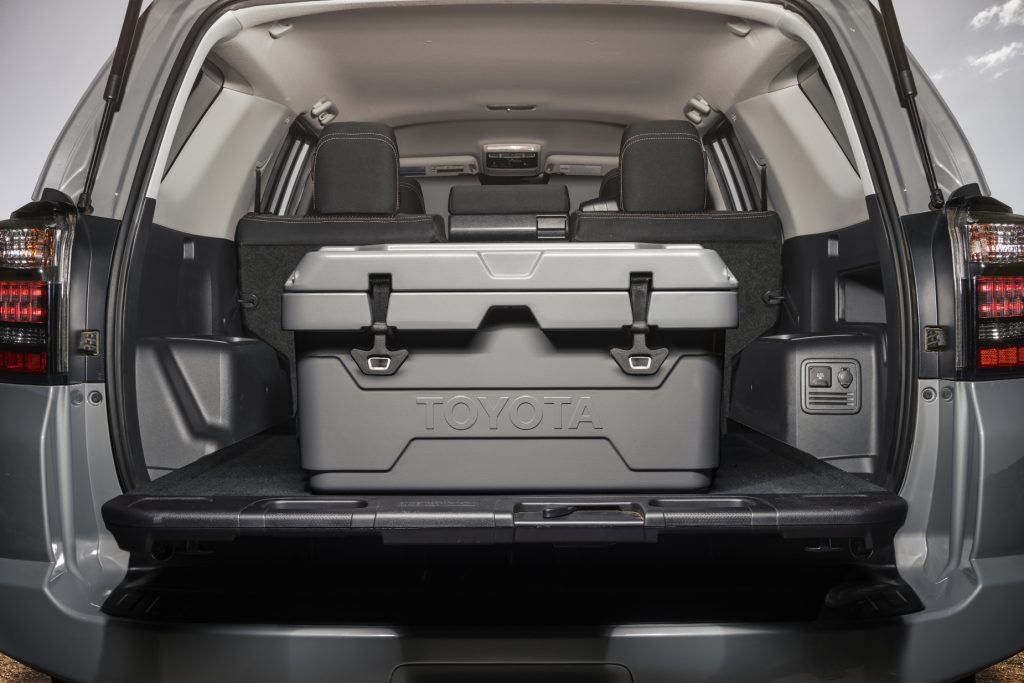
The Toyota 4Runner, a name synonymous with ruggedness and capability, has captivated adventurers and families alike for decades. Beyond its robust off-road prowess, the 4Runner consistently delivers impressive cargo space, making it an ideal vehicle for those who prioritize practicality and versatility. This article delves into the nuances of cargo capacity within the 4Runner, exploring its evolution across generations and highlighting the factors that contribute to its impressive hauling capabilities.
A Historical Perspective: Cargo Space Across Generations
The Toyota 4Runner’s legacy is intertwined with its ability to accommodate both passengers and cargo with ease. The first-generation 4Runner, introduced in 1984, was essentially a stripped-down version of the Toyota Hilux pickup truck, featuring a simple cargo area behind the rear seats. However, even in its early iterations, the 4Runner demonstrated a commitment to maximizing space.
Subsequent generations saw significant advancements in cargo capacity. The second-generation 4Runner, launched in 1989, introduced a more spacious and refined interior, including a larger cargo area. The third-generation, which arrived in 1995, further expanded the cargo space, offering increased versatility for families and adventurers alike.
The fourth-generation 4Runner, debuting in 2003, marked a significant leap forward in terms of cargo capacity. Its redesigned body and more efficient interior layout yielded a substantial increase in cargo space, solidifying the 4Runner’s position as a leader in its segment. The fifth-generation, introduced in 2010, continued this trend, further optimizing the cargo area for both practicality and convenience.
Understanding the Factors that Influence Cargo Capacity
Several key factors contribute to the 4Runner’s impressive cargo capacity:
- Body Style: The 4Runner’s traditional body-on-frame construction, a hallmark of its rugged heritage, provides a spacious and robust platform for a generous cargo area.
- Interior Layout: The 4Runner’s interior design prioritizes practicality, maximizing space efficiency while ensuring ample legroom for passengers.
- Seat Folding Mechanisms: The rear seats in most 4Runner models can be folded down, expanding the cargo space significantly and accommodating larger items with ease.
- Cargo Features: The 4Runner offers a range of cargo features, including tie-down hooks, storage compartments, and optional roof rails, enhancing its versatility and making it ideal for diverse hauling needs.
Exploring Cargo Space Variations Across Trims and Generations
While the 4Runner generally boasts impressive cargo capacity, specific figures can vary across different trims and generations.
- Third-Generation (1996-2002): Cargo space in the third-generation 4Runner typically ranges from 65.7 to 73.4 cubic feet with the rear seats folded down.
- Fourth-Generation (2003-2009): The fourth-generation 4Runner offers a significant increase in cargo space, with figures ranging from 89.3 to 92.7 cubic feet with the rear seats folded down.
- Fifth-Generation (2010-Present): The fifth-generation 4Runner maintains a generous cargo capacity, with figures ranging from 88.8 to 94.7 cubic feet with the rear seats folded down.
It is important to note that these figures are approximate and can vary slightly depending on the specific model year and trim level.
The Importance of Cargo Capacity in the Toyota 4Runner
The 4Runner’s impressive cargo capacity is a testament to its versatility and practicality. Whether you’re embarking on a weekend camping trip, transporting bulky items for home improvement projects, or simply need to haul groceries for a large family, the 4Runner’s spacious cargo area provides the necessary space to accommodate your needs.
FAQs About Toyota 4Runner Cargo Space
1. What is the cargo space in a Toyota 4Runner with the seats up?
The cargo space in a Toyota 4Runner with the seats up varies depending on the generation and trim level. Generally, it ranges from 40 to 47 cubic feet.
2. How much weight can the Toyota 4Runner’s cargo area hold?
The maximum payload capacity of a Toyota 4Runner varies depending on the model year and trim level. It’s essential to consult your owner’s manual for the specific payload rating of your vehicle.
3. Does the Toyota 4Runner offer a cargo cover?
Some Toyota 4Runner models offer a cargo cover as an optional accessory. This cover helps protect cargo from prying eyes and weather elements.
4. Can you fit a full-size spare tire in the Toyota 4Runner’s cargo area?
The Toyota 4Runner typically offers a storage compartment for a full-size spare tire, depending on the trim level and model year.
5. Does the Toyota 4Runner have a rear window that opens independently?
Yes, most Toyota 4Runner models feature a rear window that can be opened independently from the tailgate, providing easy access to the cargo area without having to open the entire tailgate.
Tips for Maximizing Cargo Space in the Toyota 4Runner
- Utilize the rear seat folding mechanism: Maximize cargo space by folding down the rear seats when not in use.
- Utilize storage compartments: Take advantage of the available storage compartments in the cargo area to keep smaller items organized.
- Invest in cargo organizers: Cargo organizers can help keep items separated and prevent them from shifting during transit.
- Consider roof racks: For larger items that cannot fit in the cargo area, roof racks can provide additional storage space.
- Utilize tie-down hooks: Secure cargo properly using the tie-down hooks provided in the cargo area.
Conclusion
The Toyota 4Runner’s cargo space is a testament to its commitment to practicality and versatility. From its early iterations to the latest generation, the 4Runner consistently delivers impressive hauling capabilities, making it a reliable companion for adventurers, families, and anyone who prioritizes space and functionality. By understanding the factors that influence cargo capacity and utilizing the available features, you can maximize the potential of your 4Runner’s cargo area, making it an even more capable and versatile vehicle for all your endeavors.
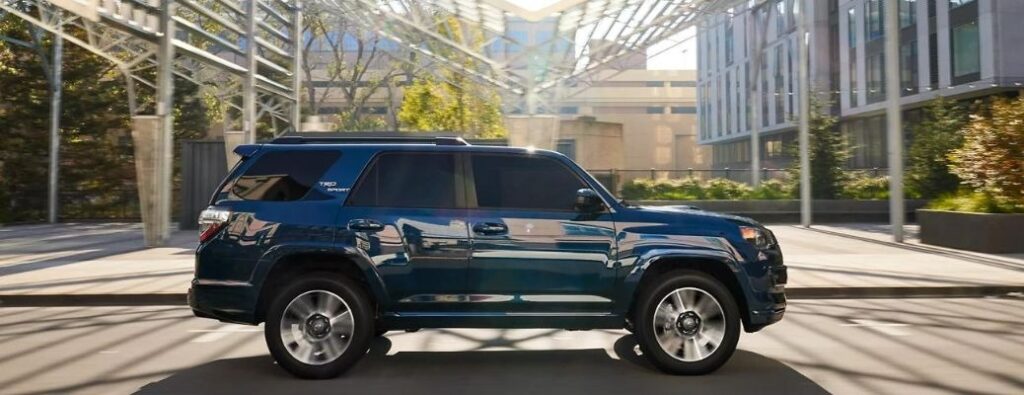
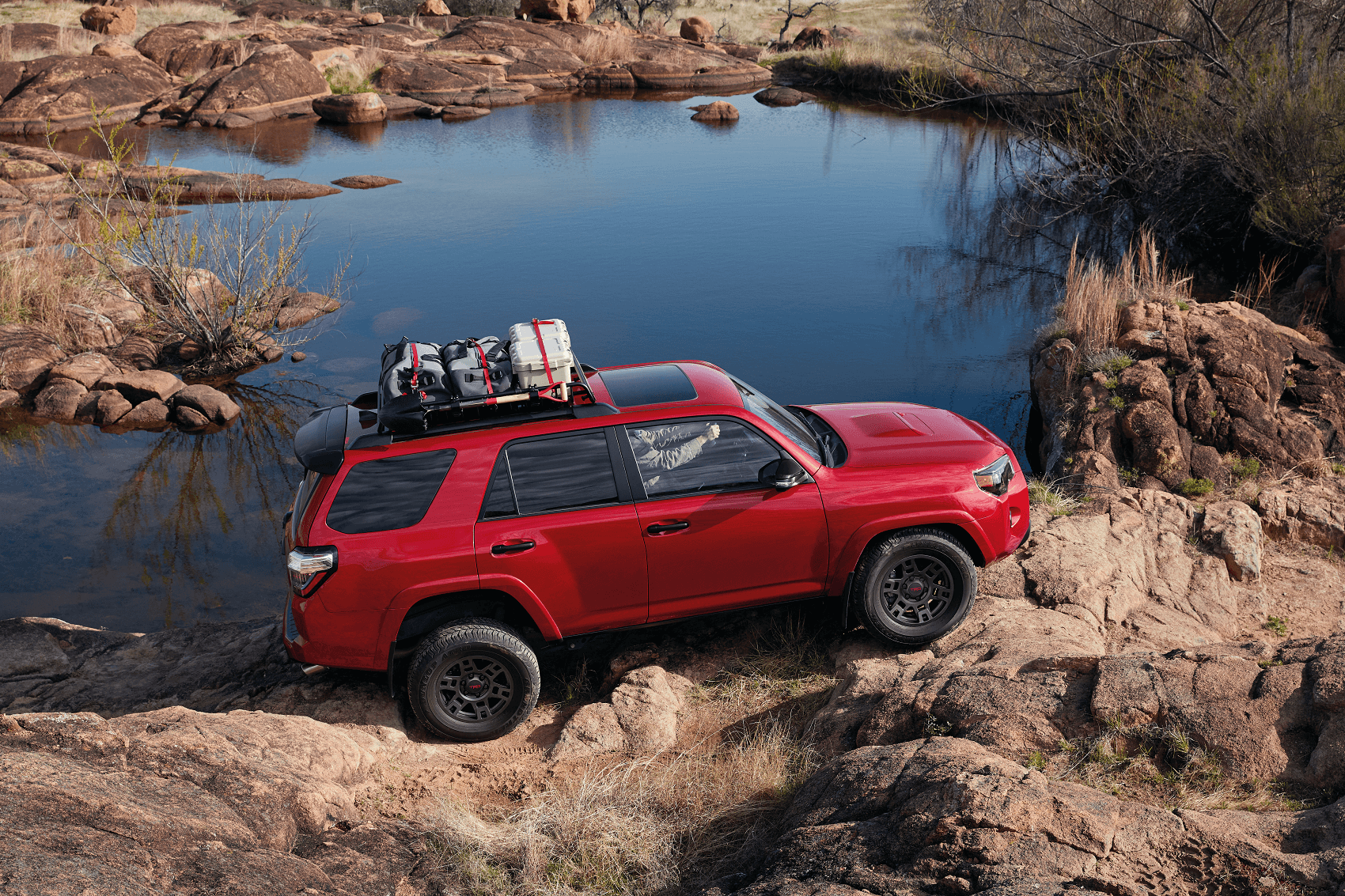



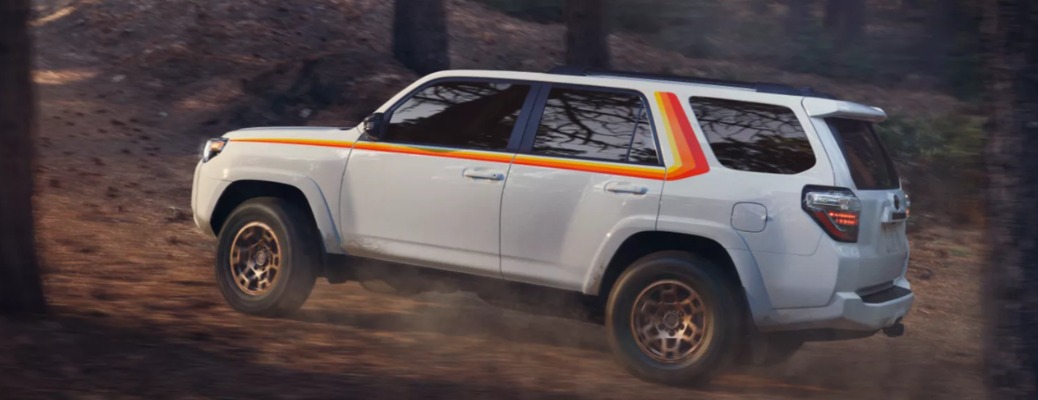

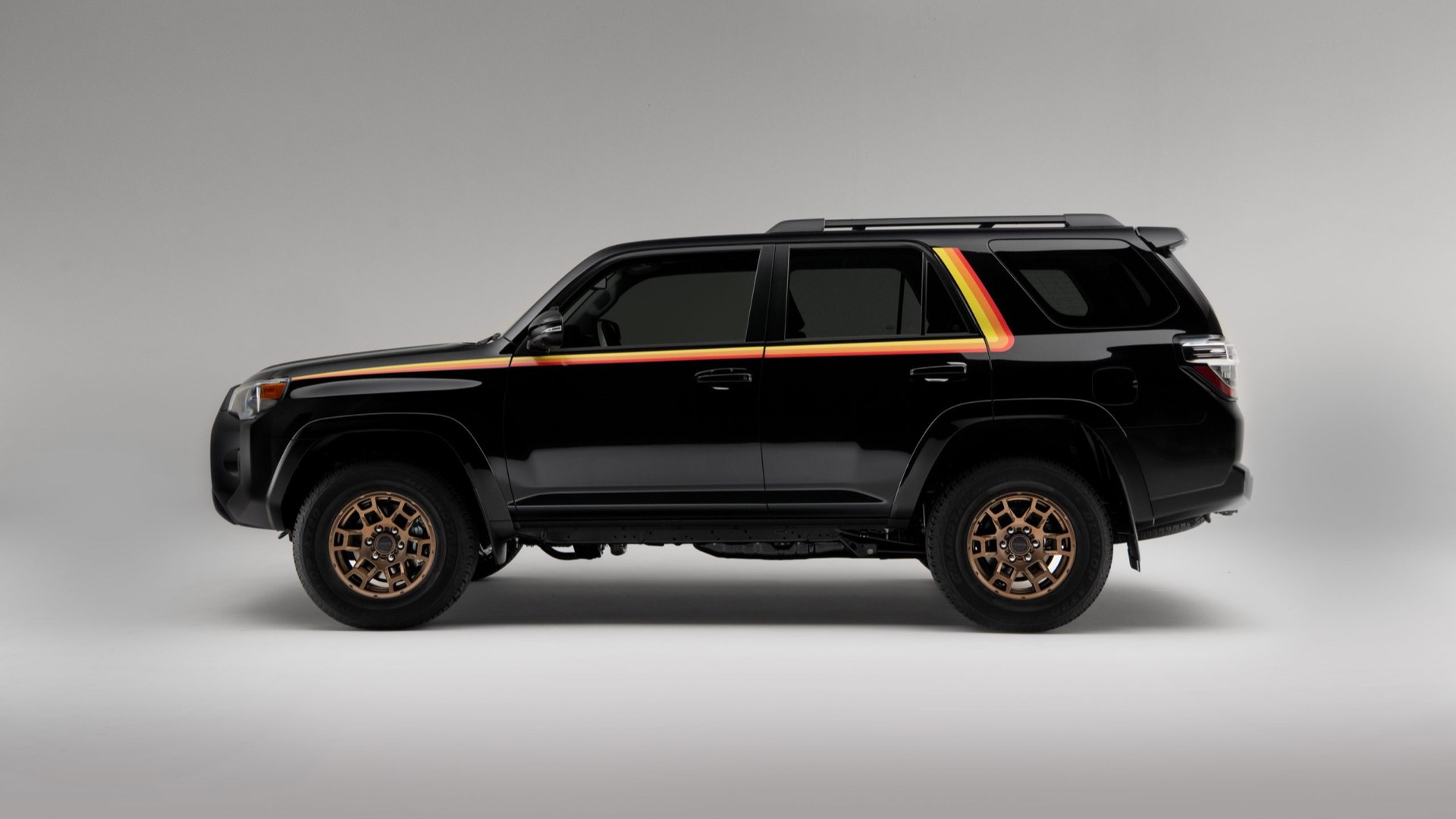
Closure
Thus, we hope this article has provided valuable insights into The Toyota 4Runner: A Legacy of Versatility and Cargo Capacity. We hope you find this article informative and beneficial. See you in our next article!
You may also like
Recent Posts
- The 2025 Toyota 4Runner: A Legacy Reimagined
- The Enduring Appeal Of The Toyota 4Runner Manual Transmission 4×4
- The Toyota 4Runner TRD Off-Road: A Legacy Of Adventure, Reimagined For 2025
- The Anticipation Builds: Unveiling The Next Generation Toyota 4Runner
- The 2025 Toyota 4Runner TRD: A Legacy Of Adventure Reimagined
- The Future Of Color: Exploring The Significance Of Color Trends
- The Toyota 4Runner: A Legacy Of Capability, Now With Expanded Seating
- The Toyota 4Runner Timing Belt: A Vital Component For Engine Longevity
Leave a Reply